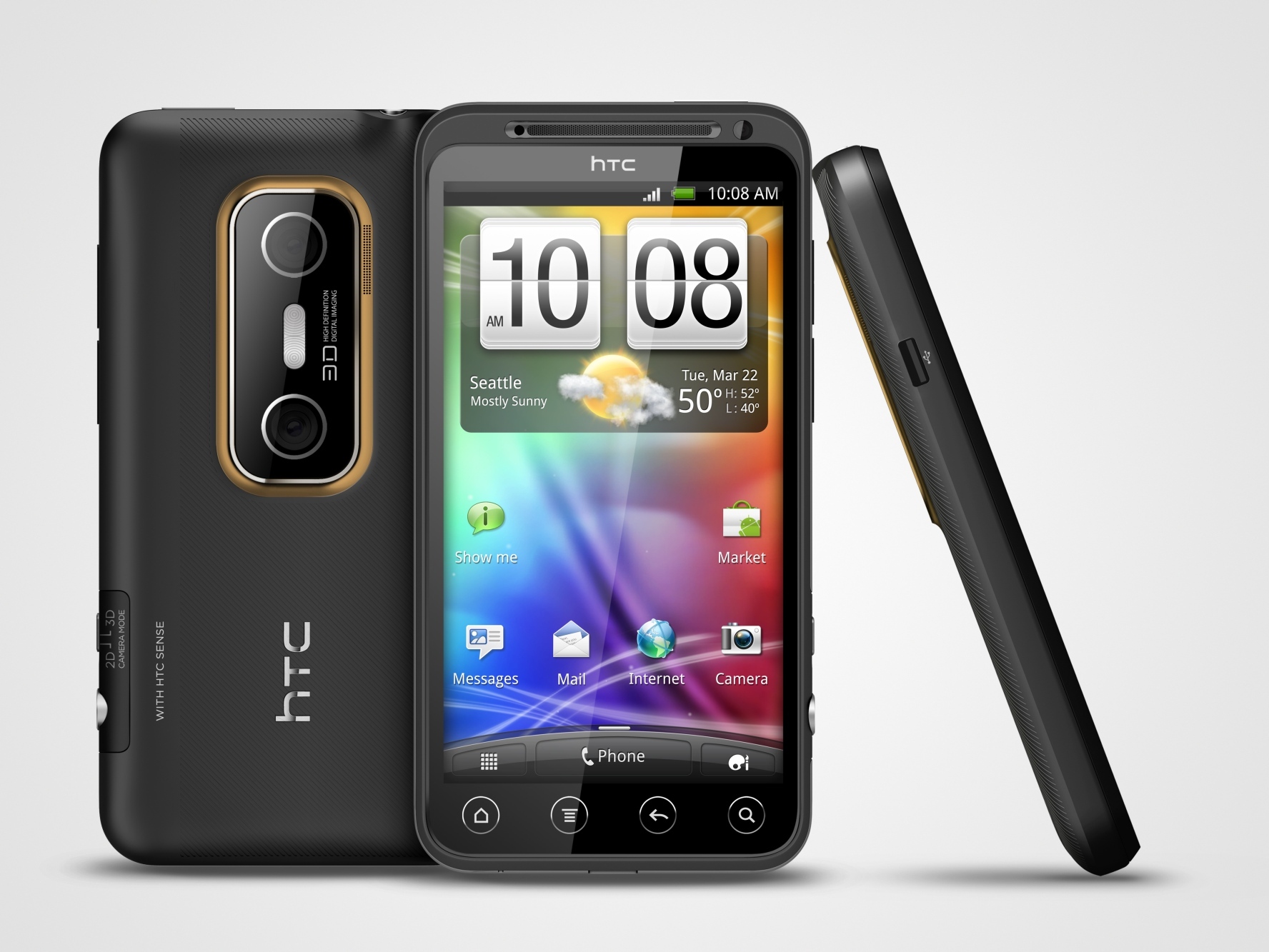Why you can trust TechRadar
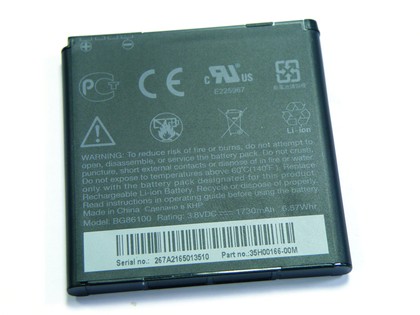
The Evo 3D is not going to set any records on battery life. One issue is that 3D playback tends to drain the 1730 mAh battery faster (although the extended power is a plus). And by faster, we mean in an amazingly short amount of time.
In our tests, watching only an hour of YouTube 3D clips (pausing to reset our eyes from time to time), then checking email and browsing a few Web sites, the phone only lasted about three hours. Importantly, we set the brightness level at a mid-point.
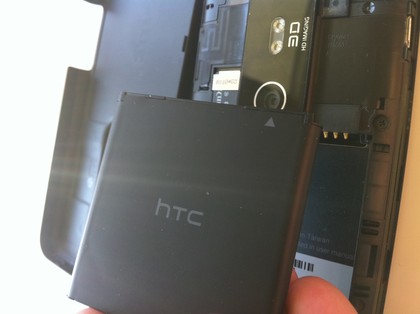
The battery life for most activities (ie not using 3D) is much greater – up to 14 hours for making a few calls, checking email, and occasionally playing a short video. Talk time on the phone is rated at about 8 hours with a stand-by time (non-use) of 355 hours, although we reckon 'real life' will see at least half that time.
Overall, if you make frequent use of the 3D features, the Evo 3D does not stand up to the 2D competition. In fact, after a day or testing, where we used the phone frequently to shoot 3D videos of a car, the Evo 3D drained down very quickly.

Worse, once the battery level starts getting low, you cannot use the 3D functions of the phone any more.
The news is not all bad, though. We also tested the phone for only 3D playback versus frequent 3D recording on two separate days. You might think the phone would drain the battery in equal measure, but 3D recording used up the battery faster. That means, if you stick with 3D viewing for YouTube videos and movies, the phone will last longer - but not by much.
Connectivity
The HTC Evo 3D is one of those phones that has a huge range of connectivity on board, from Wi-Fi b/g/n to Bluetooth 3.0.
The Wi-Fi is certainly a step up from the likes of the HTC Desire S, which had a very strange attenuation problem if you held the phone in a certain way. The Evo 3D is a lot better, and even a big improvement over the Samsung Galaxy S2, which is useless in mid-strength Wi-Fi signal zones - in fact, it's slightly better at holding a signal than the Sensation.
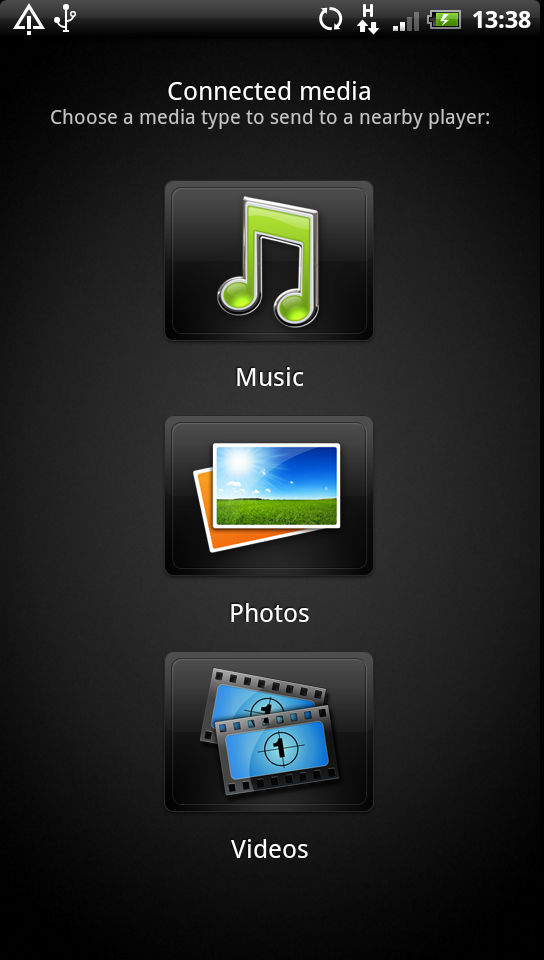
HSPDA is at an acceptable 14.4Mbps speed, with the upload speed bouncing in at 5.76 Mbps, both of which seem plausible in our tests - plus the lovely option of setting up your own Wi-Fi hotspot if you fancy chewing the battery in heartbeat.
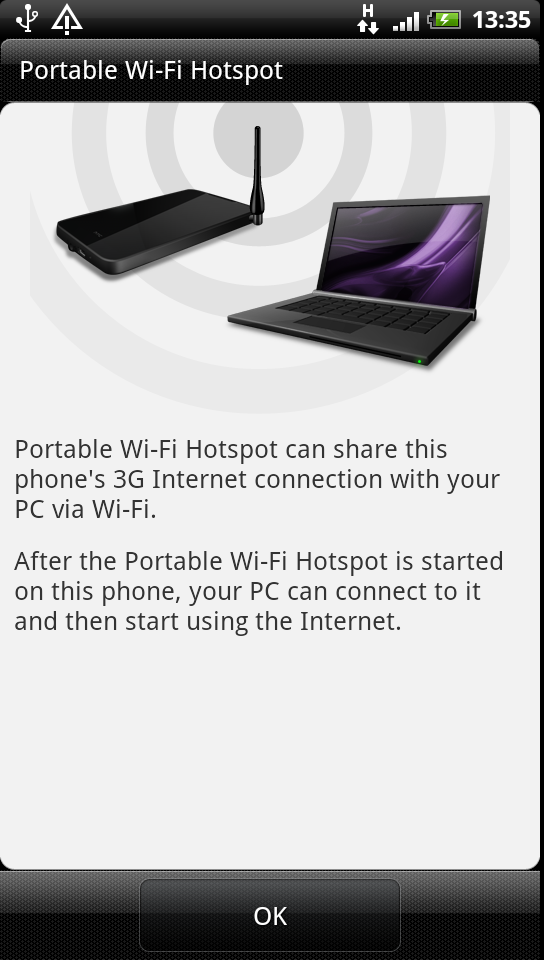
HTC has chucked on quite a few options when it comes to connecting the phone up to the PC, with the main one being HTC Sync.
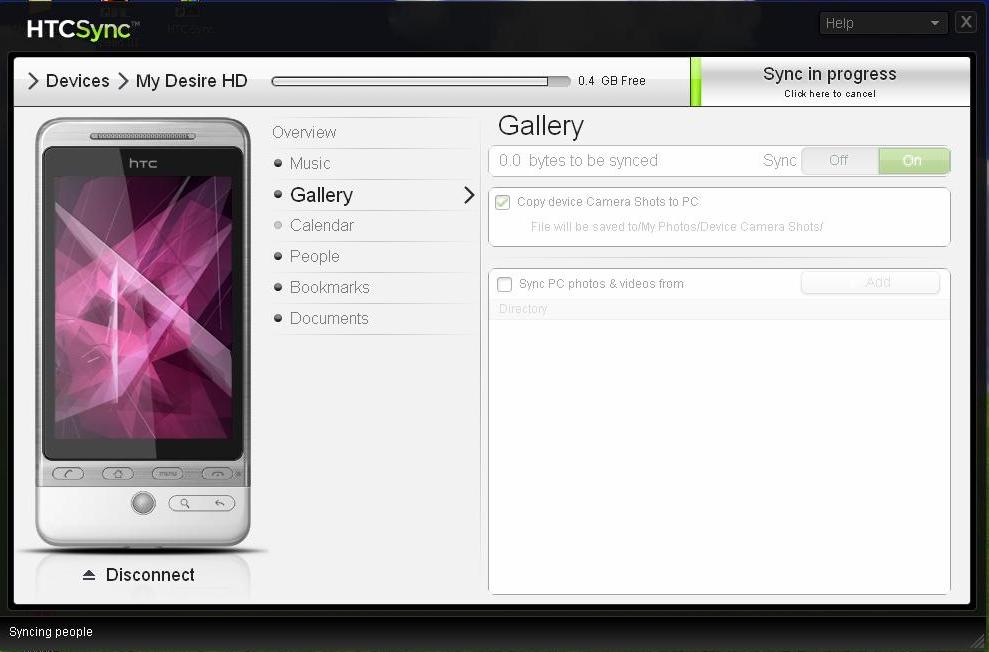
While this is more of an option to get your contacts and such backed up, it works well for keeping your calendar, document folder and even internet bookmarks safe should you lose your phone or transfer to a new one.
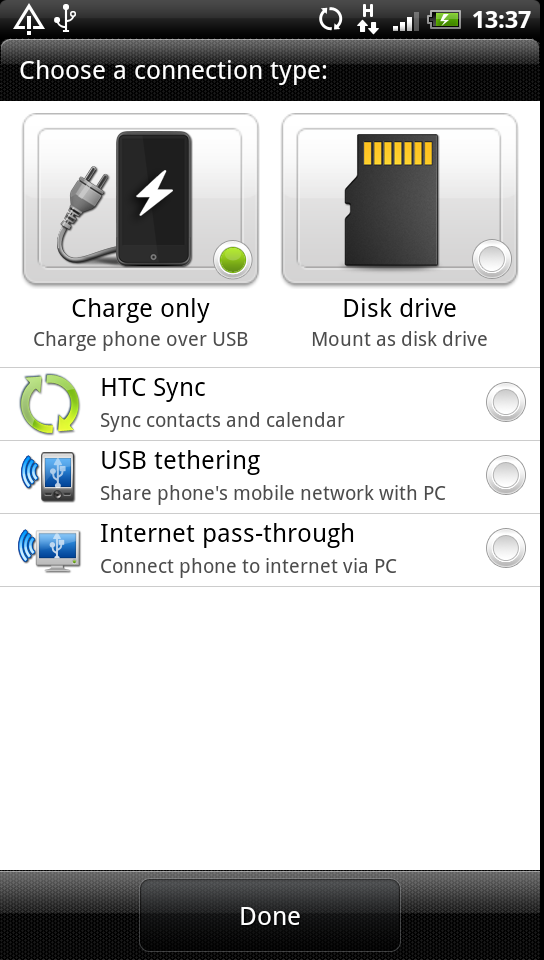
If you're after an easier way to get content across though, simply dragging and dropping media into the phone will work just as well - it zips across in no time at all, which is a blessing when you're getting movies ready for a long journey.
John Brandon has covered gadgets and cars for the past 12 years having published over 12,000 articles and tested nearly 8,000 products. He's nothing if not prolific. Before starting his writing career, he led an Information Design practice at a large consumer electronics retailer in the US. His hobbies include deep sea exploration, complaining about the weather, and engineering a vast multiverse conspiracy.
